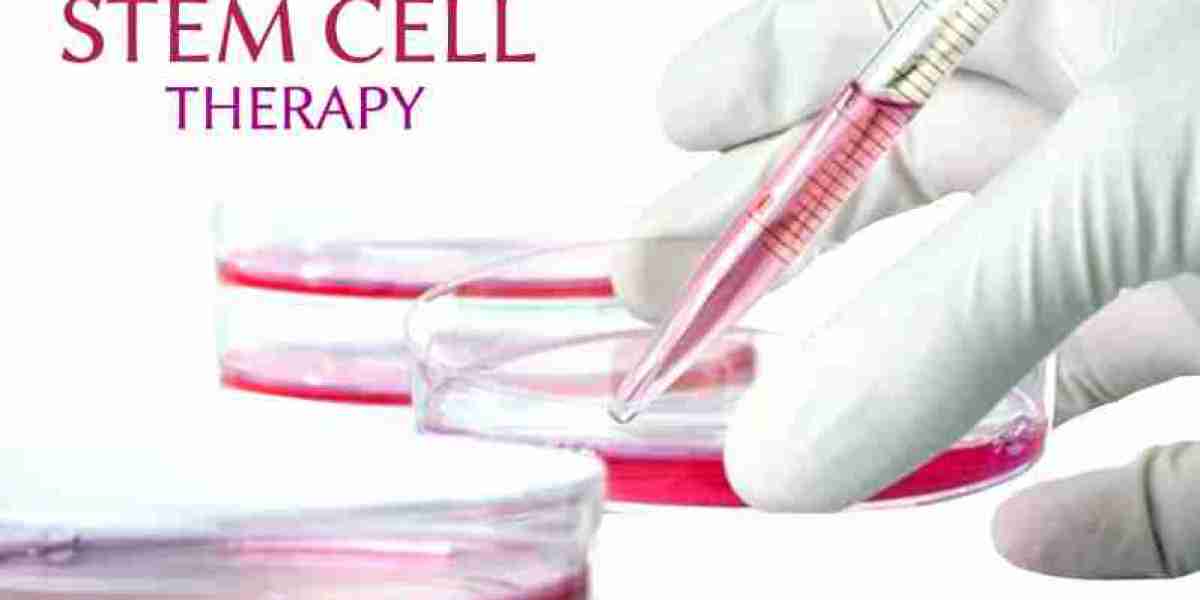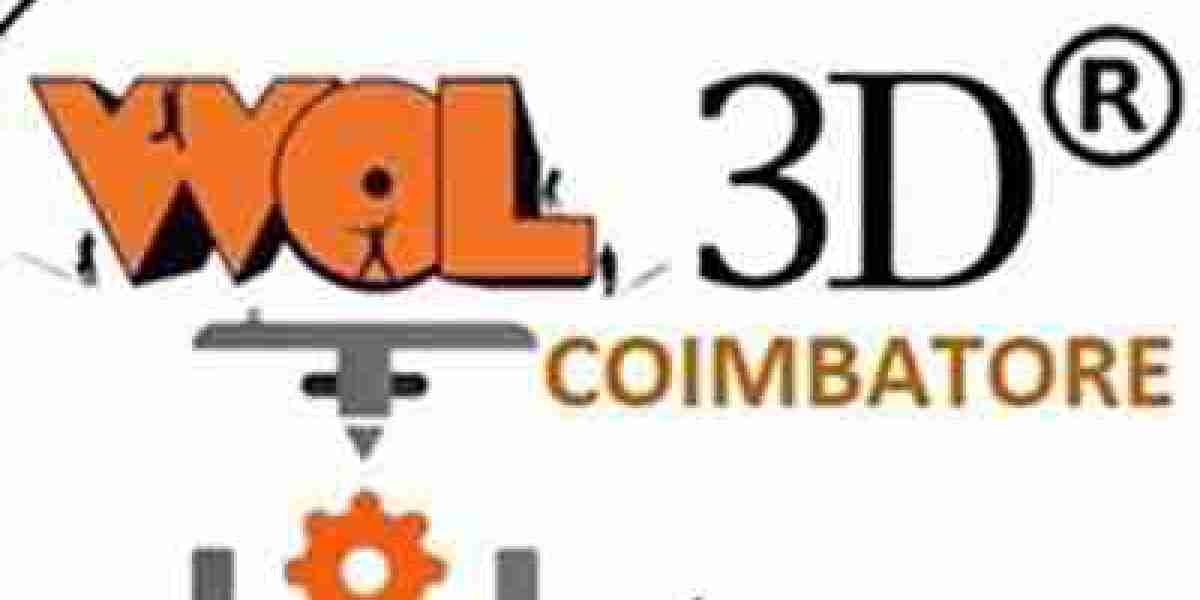Stroke is a debilitating condition affecting millions worldwide. Traditional treatments focus on preventing further damage and promoting recovery. However, stem cell therapy offers a revolutionary approach. Stem cells have the potential to repair and regenerate damaged brain tissue, providing hope for stroke survivors. This blog explores the role of stem cells in modern stroke treatment, highlighting their benefits and potential. As research advances, stem cell therapy could become a standard treatment, significantly improving stroke outcomes. Understanding this innovative treatment is crucial for patients, caregivers, and healthcare professionals alike.
Understanding Stroke and Its Impact
Stroke occurs when blood flow to the brain is interrupted, causing brain cells to die. The two main types are ischemic, caused by a blood clot, and hemorrhagic, resulting from a ruptured blood vessel. Stroke can lead to severe physical and cognitive impairments, affecting speech, mobility, and memory. The impact of stroke on individuals and their families can be devastating, often requiring long-term rehabilitation and support. Traditional treatments aim to minimize damage and aid recovery, but many patients face lasting disabilities. Stem cell therapy offers a new avenue for enhancing recovery and quality of life.
What Are Stem Cells?
Stem cells are unique cells with the ability to develop into different cell types. They play a crucial role in growth, development, and tissue repair. There are two main types of stem cells: embryonic stem cells, which can become any cell type, and adult stem cells, found in tissues like bone marrow and fat. Adult stem cells are more specialized but still have significant regenerative potential. In stroke treatment, stem cells can potentially repair damaged brain tissue, promoting recovery. Understanding the basics of stem cells is essential to grasp their role in modern medicine.
Mechanism of Stem Cell Therapy
Stem cell therapy involves introducing stem cells into the body to repair damaged tissues. For stroke treatment, stem cells can be injected directly into the brain or bloodstream. These cells then migrate to the damaged areas, where they can differentiate into neural cells, replacing dead or damaged brain cells. Additionally, stem cells release growth factors and other molecules that promote healing and reduce inflammation. This dual action of cell replacement and molecular signaling makes stem cell therapy a promising approach for stroke recovery, offering potential benefits beyond traditional treatments.
Types of Stem Cells Used in Stroke Treatment
Various types of stem cells are used in stroke treatment, each with unique properties. Mesenchymal stem cells (MSCs), derived from bone marrow or fat, are commonly used due to their ability to differentiate into various cell types and their anti-inflammatory properties. Neural stem cells (NSCs), found in the brain and spinal cord, can directly replace damaged neural cells. Induced pluripotent stem cells (iPSCs) are adult cells reprogrammed to an embryonic-like state, capable of becoming any cell type. Each type of stem cell offers different advantages, contributing to the diverse approaches in stem cell therapy for stroke.
Benefits of Stem Cell Therapy for Stroke
Stem cell therapy offers numerous benefits for stroke patients. It promotes the repair and regeneration of damaged brain tissue, potentially improving motor function, speech, and cognitive abilities. Stem cells also reduce inflammation and scar tissue formation, enhancing recovery. Unlike traditional treatments, which mainly focus on preventing further damage, stem cell therapy actively repairs the brain. This innovative approach could lead to significant improvements in quality of life for stroke survivors. As research progresses, the benefits of stem cell therapy are becoming increasingly evident, offering hope for more effective stroke treatments.
Challenges and Considerations in Stem Cell Therapy
Despite its potential, stem cell therapy for stroke faces several challenges. Ethical concerns regarding the use of embryonic stem cells and the need for extensive research to ensure safety and efficacy are significant hurdles. Additionally, the risk of immune rejection and the difficulty in controlling stem cell differentiation are crucial considerations. Cost and accessibility also pose challenges, as advanced treatments may not be available to all patients. Addressing these challenges requires ongoing research, regulatory oversight, and ethical considerations to ensure that stem cell therapy can be safely and effectively integrated into stroke treatment.
Current Research and Clinical Trials
Research on stem cell therapy for stroke is rapidly advancing, with numerous clinical trials underway. These trials aim to evaluate the safety and efficacy of various stem cell types and delivery methods. Early results are promising, showing improvements in motor function, cognition, and overall recovery. However, more extensive trials are needed to confirm these findings and establish standardized protocols. Ongoing research focuses on optimizing stem cell sources, delivery techniques, and timing of treatment to maximize benefits. The progress in this field highlights the potential of stem cell therapy to transform stroke treatment and improve patient outcomes.
Future Prospects of Stem Cell Therapy in Stroke Treatment
The future of stem cell therapy in stroke treatment is promising. As research progresses, we can expect more refined and effective treatments. Advances in genetic engineering and personalized medicine could enhance the therapeutic potential of stem cells. Additionally, combining stem cell therapy with other treatments, such as rehabilitation and pharmacotherapy, may lead to synergistic effects, further improving recovery. The ultimate goal is to develop safe, effective, and widely accessible stem cell-based treatments for stroke. Continued investment in research and clinical trials is crucial to realizing the full potential of this innovative therapy.
Call to Action
Stem cell therapy represents a groundbreaking approach to stroke treatment, offering hope for improved recovery and quality of life. While challenges remain, ongoing research and clinical trials are paving the way for safer and more effective treatments. As we continue to explore the potential of stem cells, it is essential to stay informed and support advancements in this field. For patients and caregivers, understanding stem cell therapy can provide new avenues for recovery. Visit us online to learn more about stem cell therapy for stroke and stay updated on the latest developments in this exciting field.
FAQs
What is stem cell therapy? Stem cell therapy involves using stem cells to repair and regenerate damaged tissues, offering potential benefits for various conditions, including stroke.
How does stem cell therapy work for stroke? Stem cells are introduced into the body, where they migrate to damaged brain areas, differentiate into neural cells, and release growth factors that promote healing.
What types of stem cells are used in stroke treatment? Commonly used stem cells include mesenchymal stem cells (MSCs), neural stem cells (NSCs), and induced pluripotent stem cells (iPSCs), each with unique properties.
What are the benefits of stem cell therapy for stroke? Stem cell therapy can improve motor function, speech, and cognitive abilities by repairing damaged brain tissue and reducing inflammation.
What are the challenges of stem cell therapy for stroke? Challenges include ethical concerns, the risk of immune rejection, difficulty in controlling stem cell differentiation, and ensuring accessibility and affordability.
Are there ongoing clinical trials for stem cell therapy in stroke? Yes, numerous clinical trials are underway to evaluate the safety and efficacy of different stem cell types and delivery methods in stroke treatment.
What is the future of stem cell therapy in stroke treatment?
Future prospects include more refined treatments, advances in genetic engineering, and combining stem cell therapy with other treatments to enhance recovery.
How can I learn more about stem cell therapy for stroke? Visit us online to stay updated on the latest developments in stem cell therapy for stroke and explore new avenues for recovery.













